Extreme Heat Warning
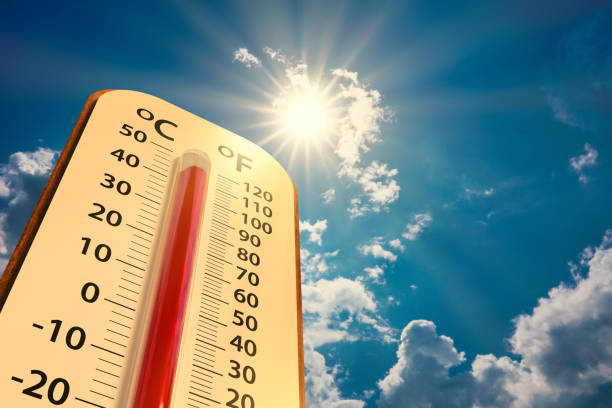
Summer Heat Safety Tips
- Wear loose, lightweight, light-colored clothing.
- Use your oven less to help reduce the temperature in your home.
- If you're outside, find shade. ...
- Drink plenty of fluids to stay hydrated.
- Avoid high-energy activities or work outdoors, during midday heat, if possible.
There is hot, and then there is hot! Extreme heat is a period of high heat and humidity with temperatures above 90 degrees for at least two to three days.
In extreme heat your body works extra hard to maintain a normal temperature, which can lead to death. Extreme heat is responsible for the highest number of annual deaths among all weather-related hazards.


Humidity increases the feeling of heat.
- Learn to recognize the signs of heat illness.
- Do not rely on a fan as your primary cooling device. Fans create air flow and a false sense of comfort, but do not reduce body temperature or prevent heat-related illnesses.
- Identify places in your community where you can go to get cool such as libraries and shopping malls or contact your local health department to find a cooling center in your area.
- Cover windows with drapes or shades.
- Weather-strip doors and windows.
- Use window reflectors specifically designed to reflect heat back outside.
- Add insulation to keep the heat out.
- Use a powered attic ventilator, or attic fan, to regulate the heat level of a building’s attic by clearing out hot air.
- Install window air conditioners and insulate around them.
- If you are unable to afford your cooling costs, weatherization or energy-related home repairs, contact the Low Income Home Energy Assistance Program (LIHEAP) for help.
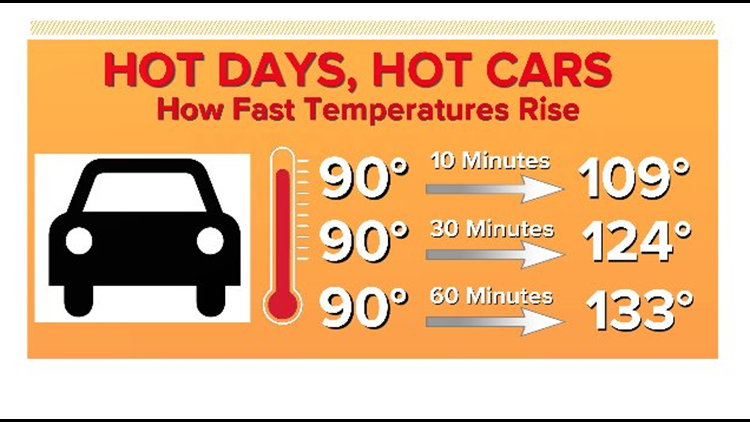
- NEVER LEAVE people or pets in a closed car on a warm day.
- If air conditioning is not available in your home go to a cooling center.
- Take cool showers or baths.
- Wear loose, lightweight, light-colored clothing.
- Use your oven less to help reduce the temperature in your home.
- If you’re outside, find shade. Wear a hat wide enough to protect your face.
- Drink plenty of fluids to stay hydrated.
- Avoid high-energy activities or work outdoors, during midday heat, if possible.
- Check on family members, older adults and neighbors.
- Watch for heat cramps, heat exhaustion and heat stroke.
- Consider pet safety. If they are outside, make sure they have plenty of cool water and access to comfortable shade. Asphalt and dark pavement can be very hot to your pet’s feet.

According to the Centers for Disease Control and Prevention (CDC), people aged 65 and older are more prone to heat-related health problems for a few reasons.
Regulating our body temperature is a function that changes with age. Common medications may also interfere with the body’s ability to control its sweat or temperature.
That’s why it’s more important than ever to stay cool and hydrated if you must be outdoors.

Tips for staying cool and safe in the summer heat:
- Wear loose, light-colored, and lightweight clothing
- Schedule outdoor activities for early morning or evening
- Take cool baths or showers
- Drink water, even if you don’t feel thirsty
- Avoid alcohol, caffeine, and heavy meals
- Wear sunscreen, as even a mild sunburn will affect the body’s ability to cool
- Use the buddy system and refrain from being outdoors alone
- Take time to rest

Heat exhaustion vs heat stroke
It’s also important to be aware of the warning signs of heat exhaustion and heat stroke. The symptoms can be very different, so it’s imperative to know how to respond.
Heat stroke is a medical emergency
that can lead to death if not treated quickly. It can occur quickly in
high heat with exertion, or it can happen gradually such as being stuck
inside for several days without air conditioning.
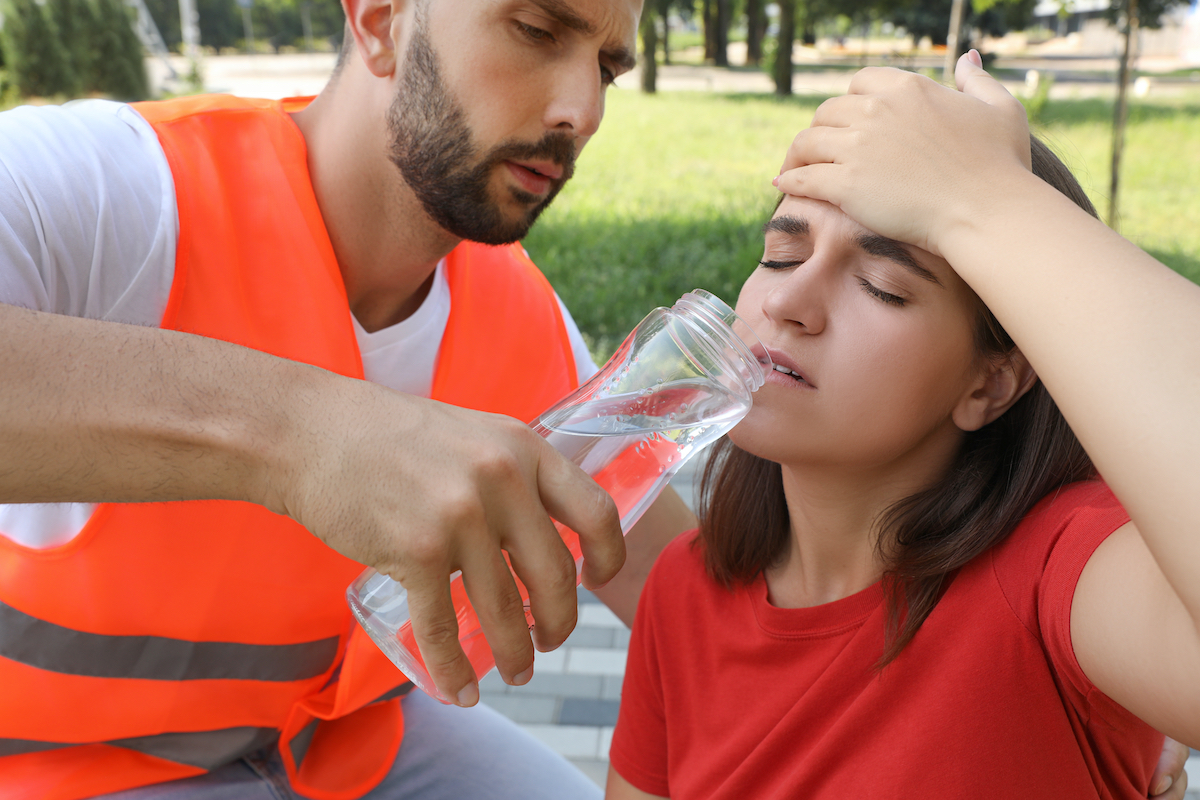
Heat-Related Illnesses
Know the signs of heat-related illnesses and ways to respond. If you are sick and need medical attention, contact your healthcare provider for advice and shelter in place if you can. If you are experiencing a MEDICAL EMERGENCY CALL 9-1-1. Get more detailed information about heat-related illnesses from the CDC and National Weather Service.
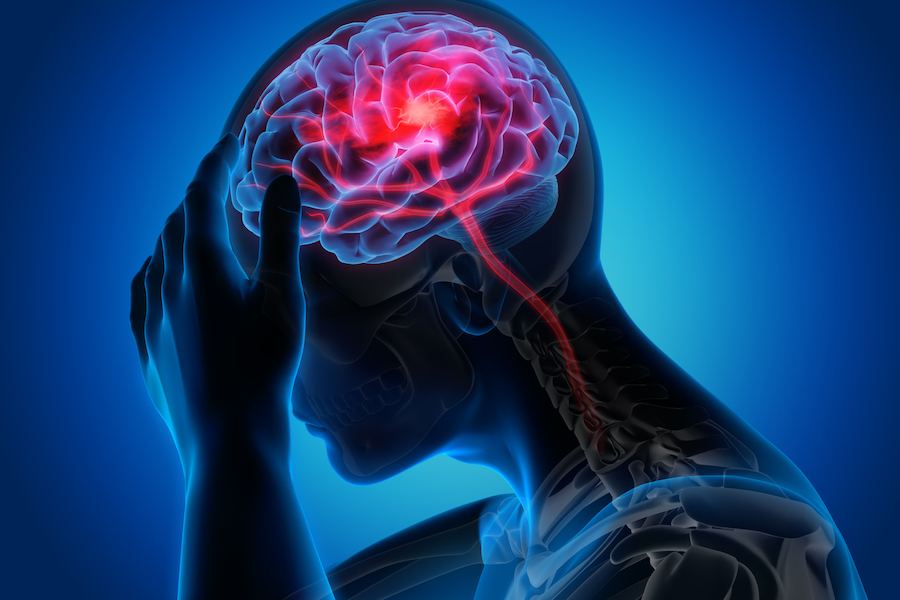
HEAT STROKE
Signs:
Extremely high body temperature (above 103 degrees F) taken orally
Red, hot and dry skin with no sweat
Rapid, strong pulse
Dizziness, confusion or unconsciousness
If you suspect heat stroke, CALL9-1-1 or get the person to a hospital immediately. if possible: move the person suffering from heat stroke into a cool, shaded area; remove any outer clothing; place a cold wet cloth or ice pack on the head, neck, armpits and groin, or soak the person’s clothing with cool water; elevating their feet.
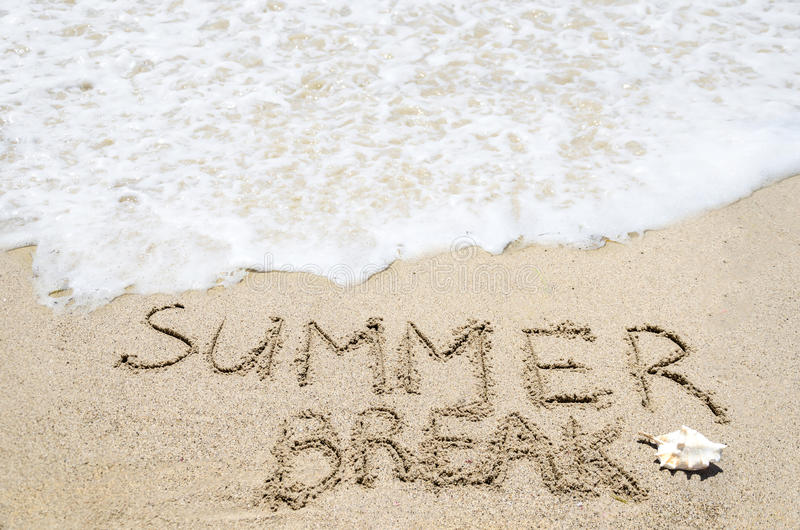
Summer Break
- Make a family communication plan and include the whole family.
- Practice evacuation plans and other emergency procedures with children on a regular basis.
- Teach kids when and how to call important phone numbers like 9-1-1.
- Make sure the kids have an emergency contact person and know how to reach them.
- Create a family password or phrase to prevent your child from going with a stranger.
- Keep the kids occupied with online emergency preparedness games.
- Download the free Prepare with Pedro activity book to help kids learn to prepare.
- Decide on a family meeting place you can go if separated.

Associated Content
- Extreme Heat Information Sheet (PDF)
- Extreme Heat Safety Social Media Toolkit
- Children, Pets and Vehicles (weather.gov)
- You Can Help Prevent Hot Car Deaths (NHTSA)
- Protective Actions Research for Extreme Heat
- National Weather Service Heat Safety Tips and Resources
- National Weather Service - Heat Illnesses
- National Integrated Heat Health Information System (heat.gov)
- Centers for Disease Control and Prevention: Extreme Heat
- Warning Signs and Symptoms of Heat-Related Illness
ENJOY THE SUMMER SAFELY!
CHP Jeffery G. Douglas
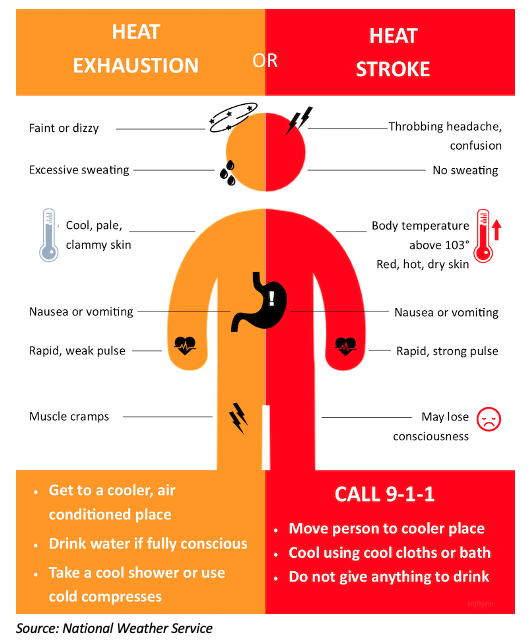


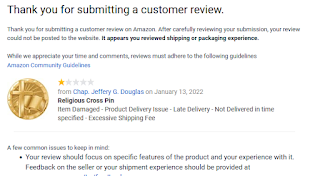
Comments
Post a Comment
Thanks for you Comment. Please visit my website JGDouglas.net